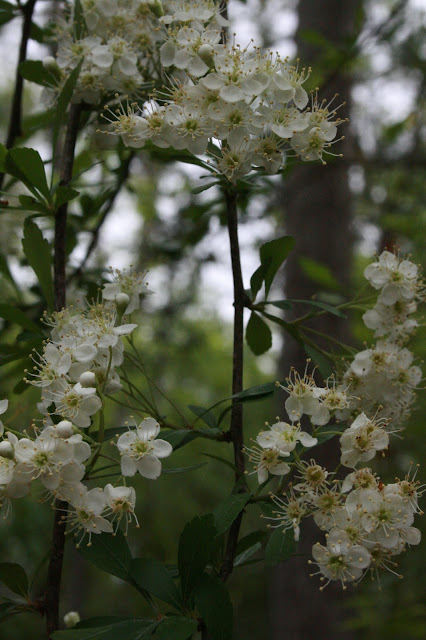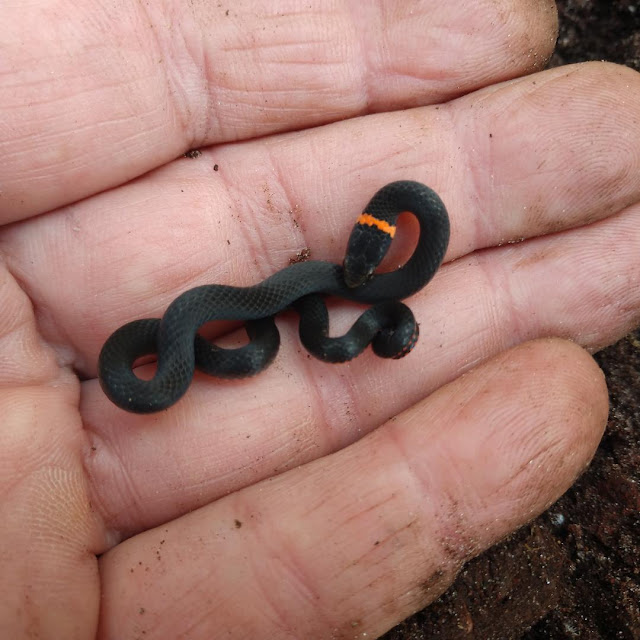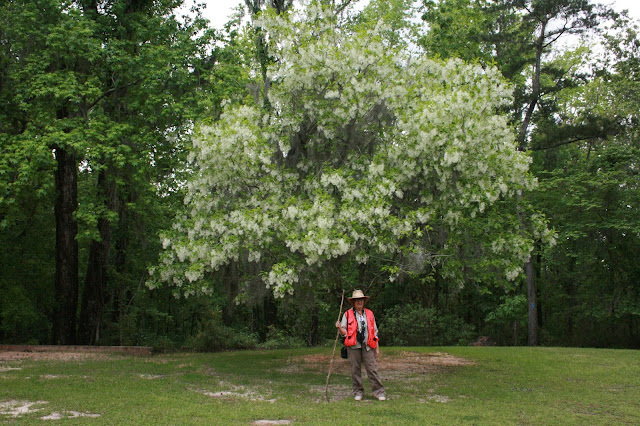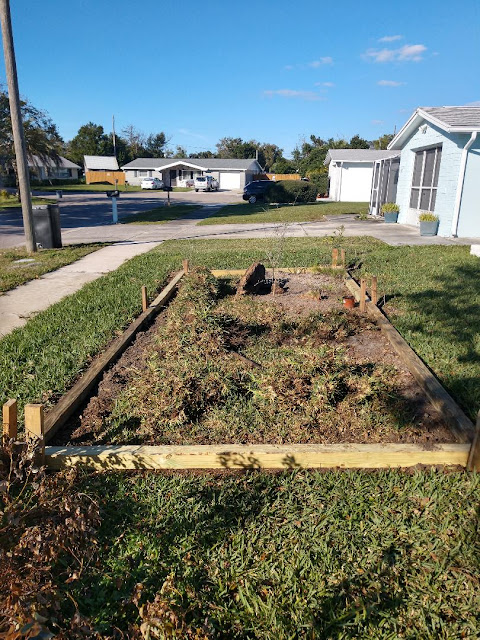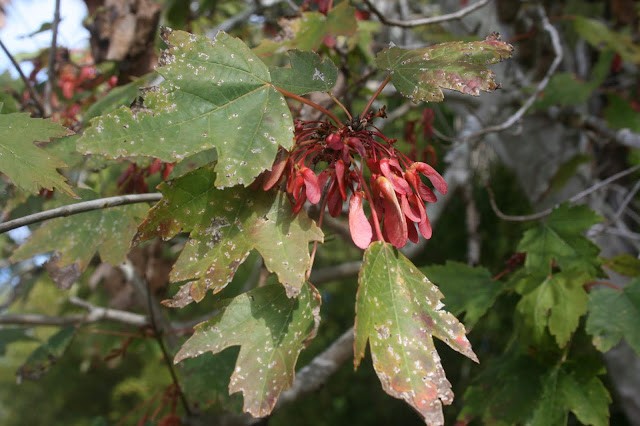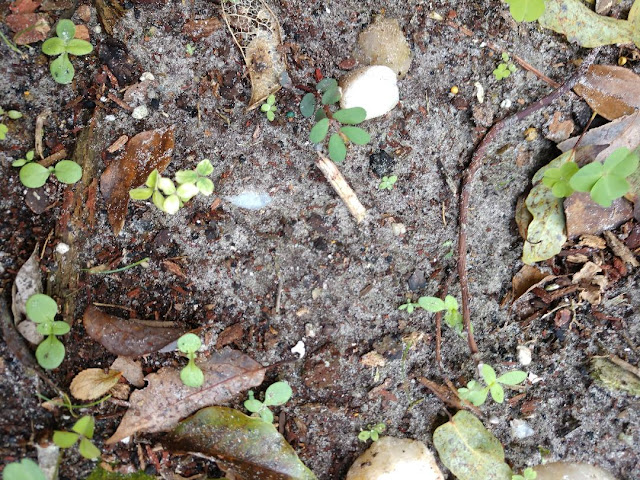Seedlings and Cold
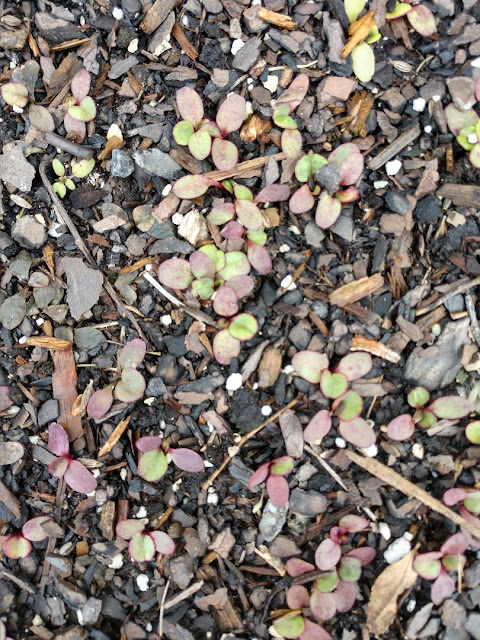
Florida Indian Plantain ( Arnoglossum floridanum ) seedlings Water dropwort ( Tiedemannia filiformis ) seedlings I am often asked about the best times to sow seeds. To me, it should be a relatively simple answer. I sow them when they are ripe. It might be different if I were growing plants in a greenhouse, but I sow them outside. In this situation, they are put into the same growing conditions as if they were sown in nature. Plants "know" when to let their seeds go. They germinate when the conditions are right for them to emerge. Anything else makes little ecological sense. To germinate, seeds require stratification. For some, it is a simple requirement to be put in a moist environment. Others, especially those from colder environments, require a period of cold followed by warmth. Seeds of these species will not germinate without this cold stratification. You can do this by putting them in a refrigerator first, but I grow my plants in flats outdoors before I pot
